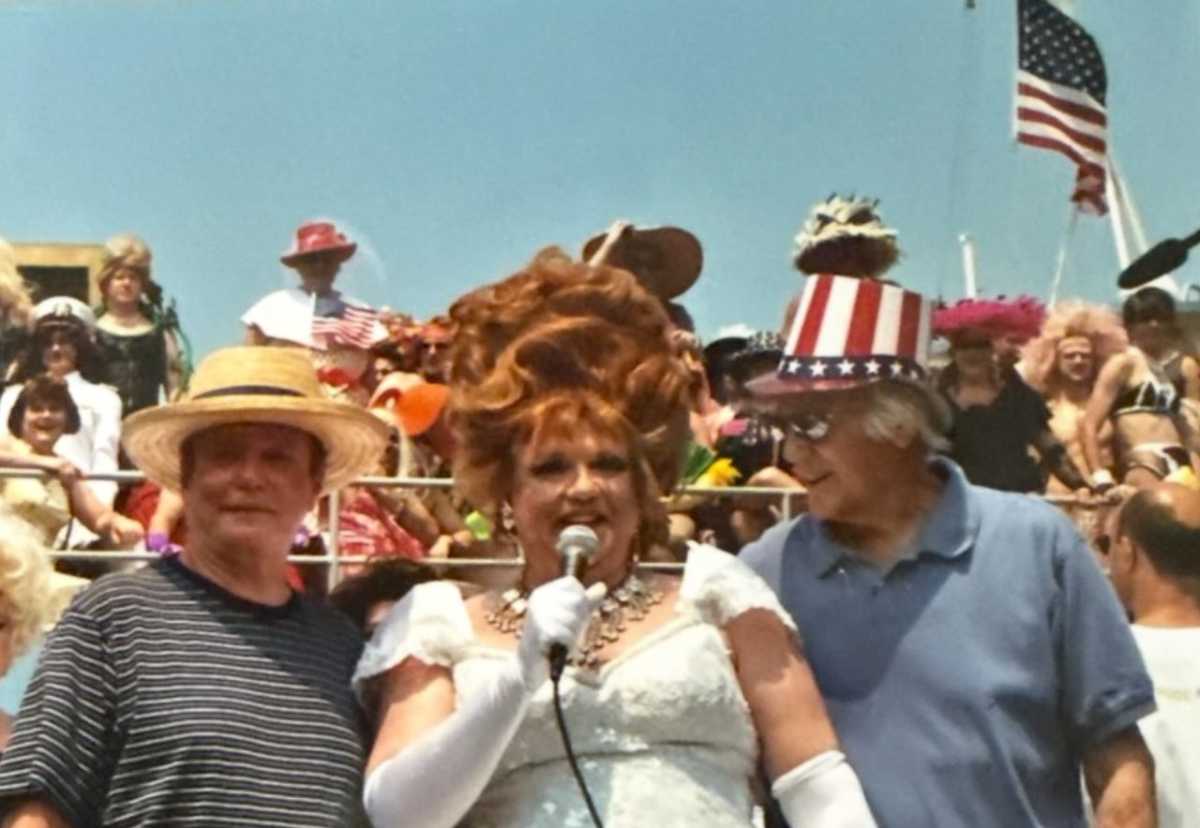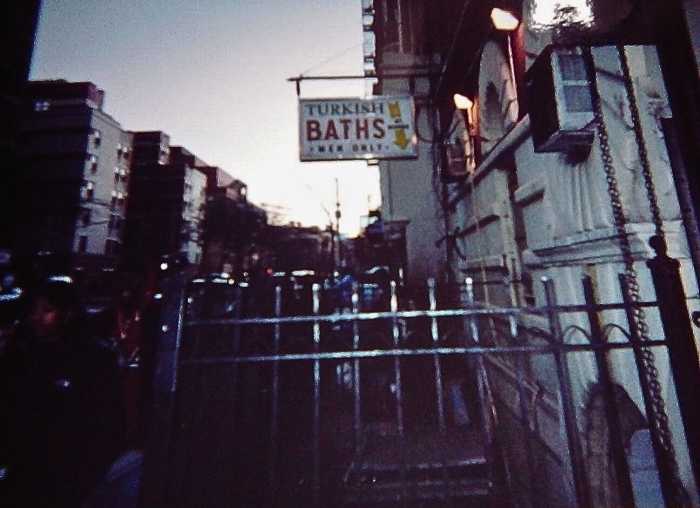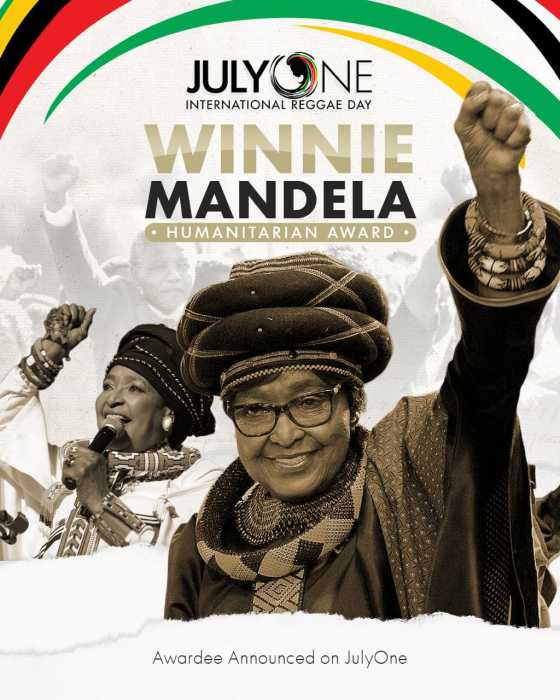Dozens of New York City locations are being highlighted this month as part of a collection commemorating Black History Month — including spots ranging from the late Audre Lorde’s residence to the Mt. Morris Baths, which was a popular bathhouse among gay Black men beginning in the 1920s until it closed in 2003.
The collection is one of the latest works of the NYC LGBT Historic Sites Project, which is part of the non-profit Fund for the City of New York and has long focused on spotlighting the history surrounding important physical locations in the city’s queer community.
Many of the 48 locations have changed in appearance or structure over the years, but the vast majority of the ones included in the collection are still standing. Just two of them — Paradise Garage, a former club at 84 King St., and Hotel Olga at 695 Lenox Ave. in Harlem — have been demolished.
The locations are scattered across the city in every borough except Queens. Some of the most notable places on the list include James Baldwin’s residence at 137 W. 71st St., where he lived for the last two decades of his life, and Marsha P. Johnson State Park — which just opened in 2020 — at 90 Kent Ave. in Brooklyn. But there are also spaces that are well known among New Yorkers, such as the Apollo Theater at 253 W. 125th St. in Harlem and Bellevue Hospital at 462 First Ave. in the Kips Bay section of Manhattan, where the late Marsha P. Johnson was once pictured at a Gay Liberation Front demonstration calling out the hospital’s abusive treatments and experimentations on LGBTQ people.

Other spots include the location where Ali Forney was killed at the corner of E. 135th St. and Fifth Ave. in 1997. Forney was a gender non-conforming young person who struggled with homelessness, and in 2002, the Ali Forney Center — which provides housing and services to homeless queer youth — was named after them.
Some of the rather unassuming historic locations are the residences that blend in with the local neighborhoods, such as the former home of Pauli Murray, a Black civil rights attorney and author who was in a long-term relationship with Irene “Renee” Barlow and lived at 388 Chauncey St. in Brooklyn in what appeared to be a three-story home. Other inconspicuous locations include the former home of civil rights leader Bayard Rustin, who lived in an apartment at Building 7, Penn South in the Chelsea section of Manhattan from 1962 until he died in 1987. His residence is also on the New York State Register of Historic Places and National Register of Historic Places.
Back uptown, some other buildings on the list include the one at 160-164 W. 129th St. in Manhattan, which was home to the Imperial Lodge of Elks, AKA the Elks Lounge, as seen in “Paris Is Burning.” Just blocks away from there was the conveniently-located Mt. Morris Baths, which was one of the longest-running bathhouses in New York City and, according to the LGBT Historic Sites Project, the only gay bathhouse willing to welcome Black men until the 1960s. However, even after health officials cracked down on bathhouses in the mid-80s due to the HIV/AIDS crisis, the Mt. Morris Baths persisted. The bathhouse discouraged public sex and prioritized education about HIV/AIDS, according to the LGBT Historic Sites Project, though it was ultimately closed in 2003 due to structural issues.
Staten Island only has two spots on the list, but they do not disappoint: One is the residence of activist and writer Audre Lorde and her partner Frances Clayton, along with their children, at 207 St. Paul’s Ave.; the other is the former residence of Michelle Cliff, a Jamaican-born author who lived at 45 Belmont Place. Also on the list is the home of the Audre Lorde Project, at 85 South Oxford St. in Brooklyn.
Houses of Worship also have a place on the list. Washington Square United Methodist Church and Parish House, at 135 and 133 W. Fourth St., which was led by out gay reverend Paul Abels in the 1970s and 1980s, doubled up as a meeting venue for LGBTQ groups such as the Salsa Soul Sisters, an early Black lesbian organization which gathered there from 1976 until 1987.
Bars on the list include Café Society/Ridiculous Theatrical Company, which was known as the city’s first integrated club and was located at 1 Sheridan Square; 70 Grove St., where several lesbian bars called home from the 1970s to the 1990s, including Pandora’s Box, which was popular among Black and Latinx lesbians; and Starlite Lounge, which was owned by Harold “Machie” Harris and had a reputation for being the “oldest Black-owned non-discriminating bar in New York,” according to the LGBT Historic Sites Project. Harris purchased the lounge in 1962 and it lasted until 2010 when it was forced to close due to a building sale.
See the complete list of locations and their historic significance — as well as a map pinpointing each spot — at nyclgbtsites.org/theme/black-history-month.

































